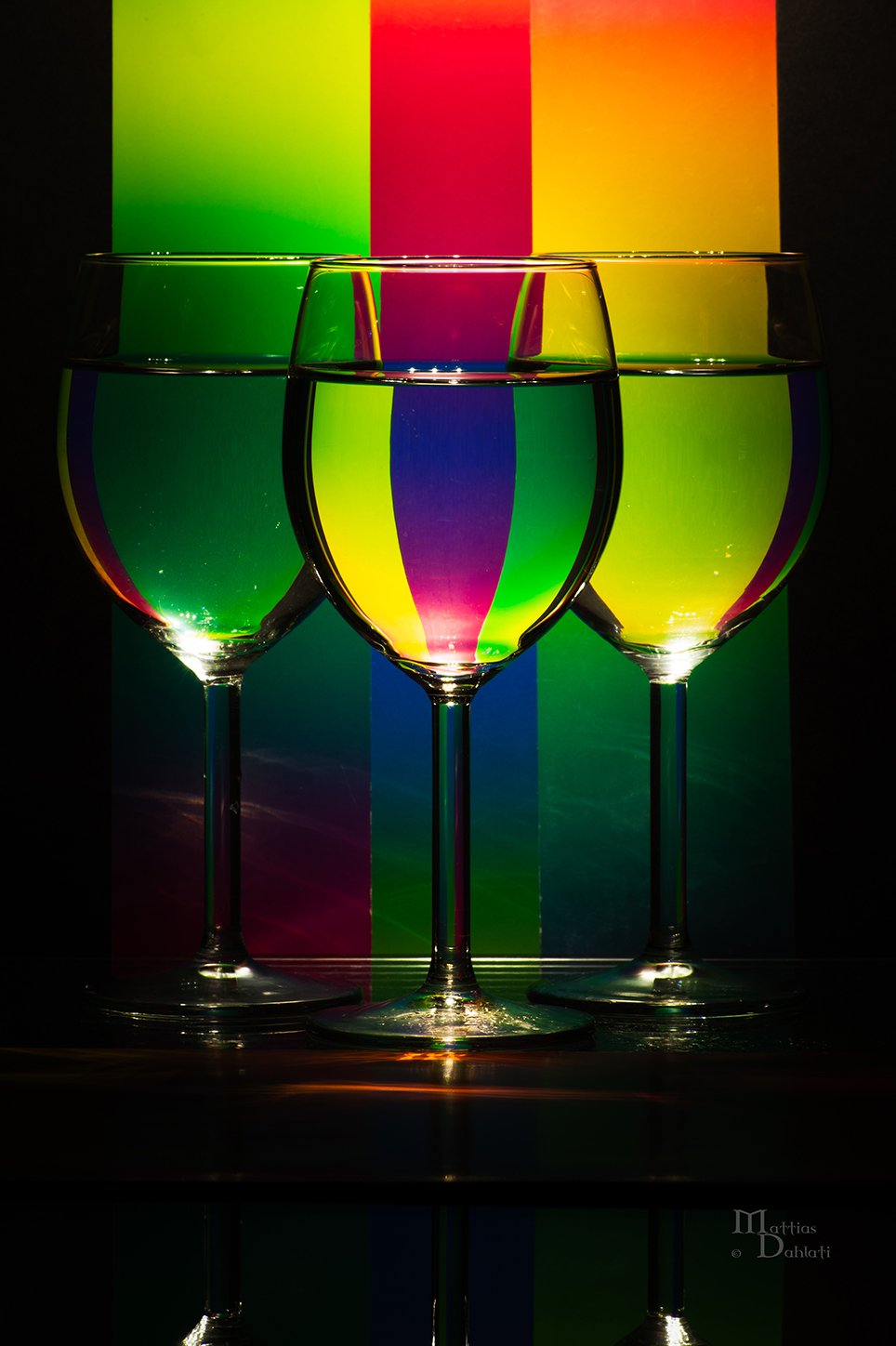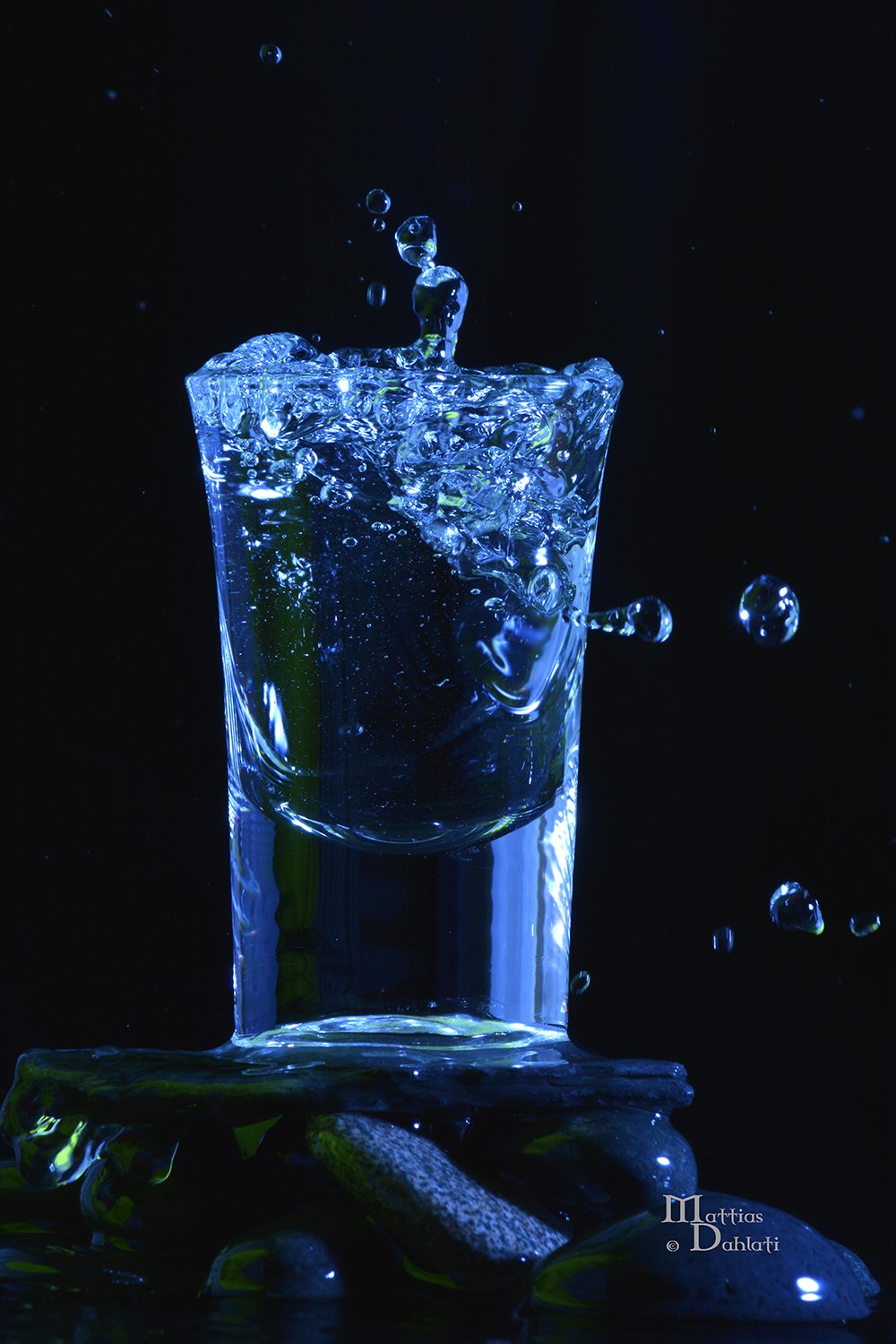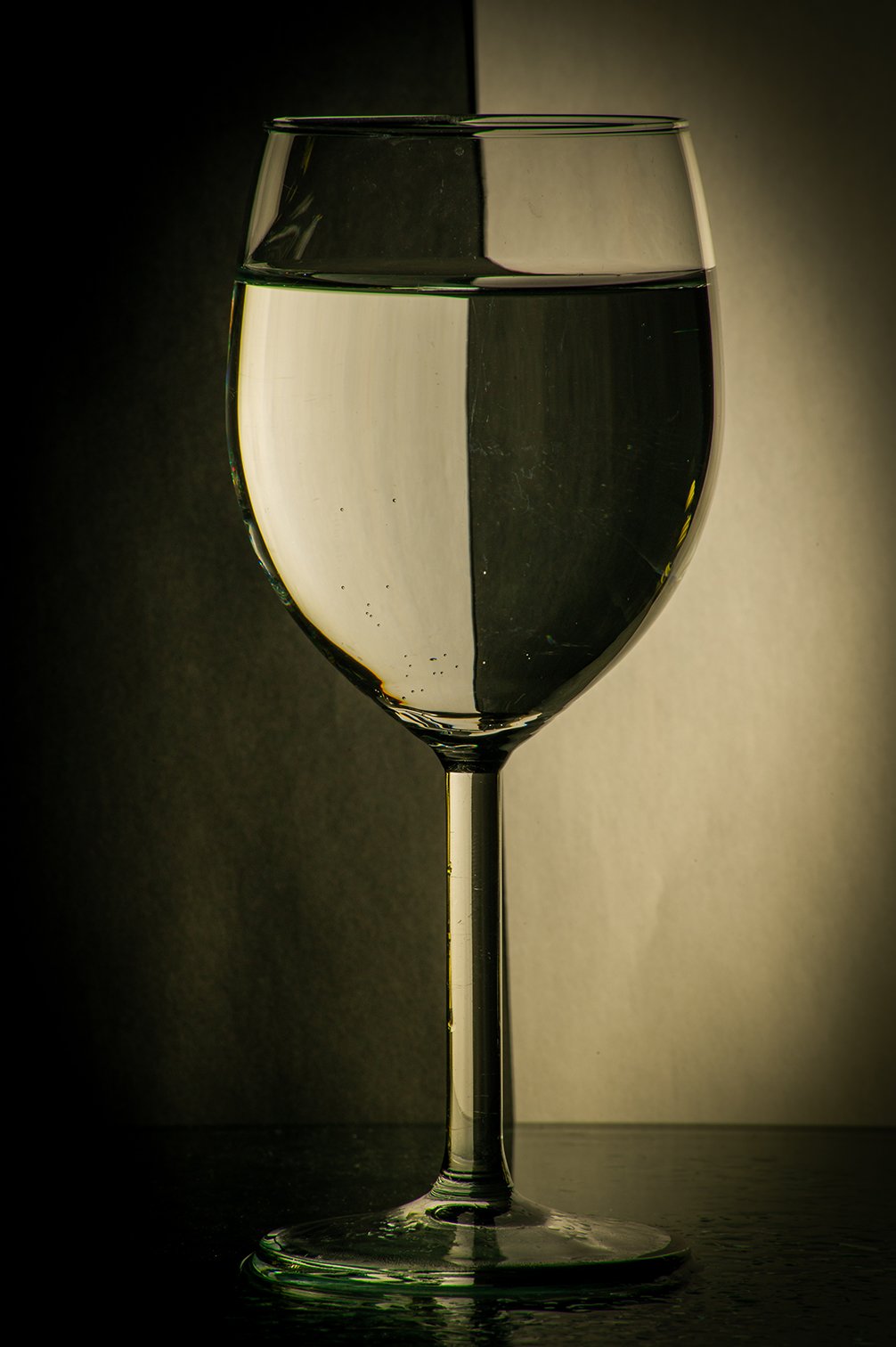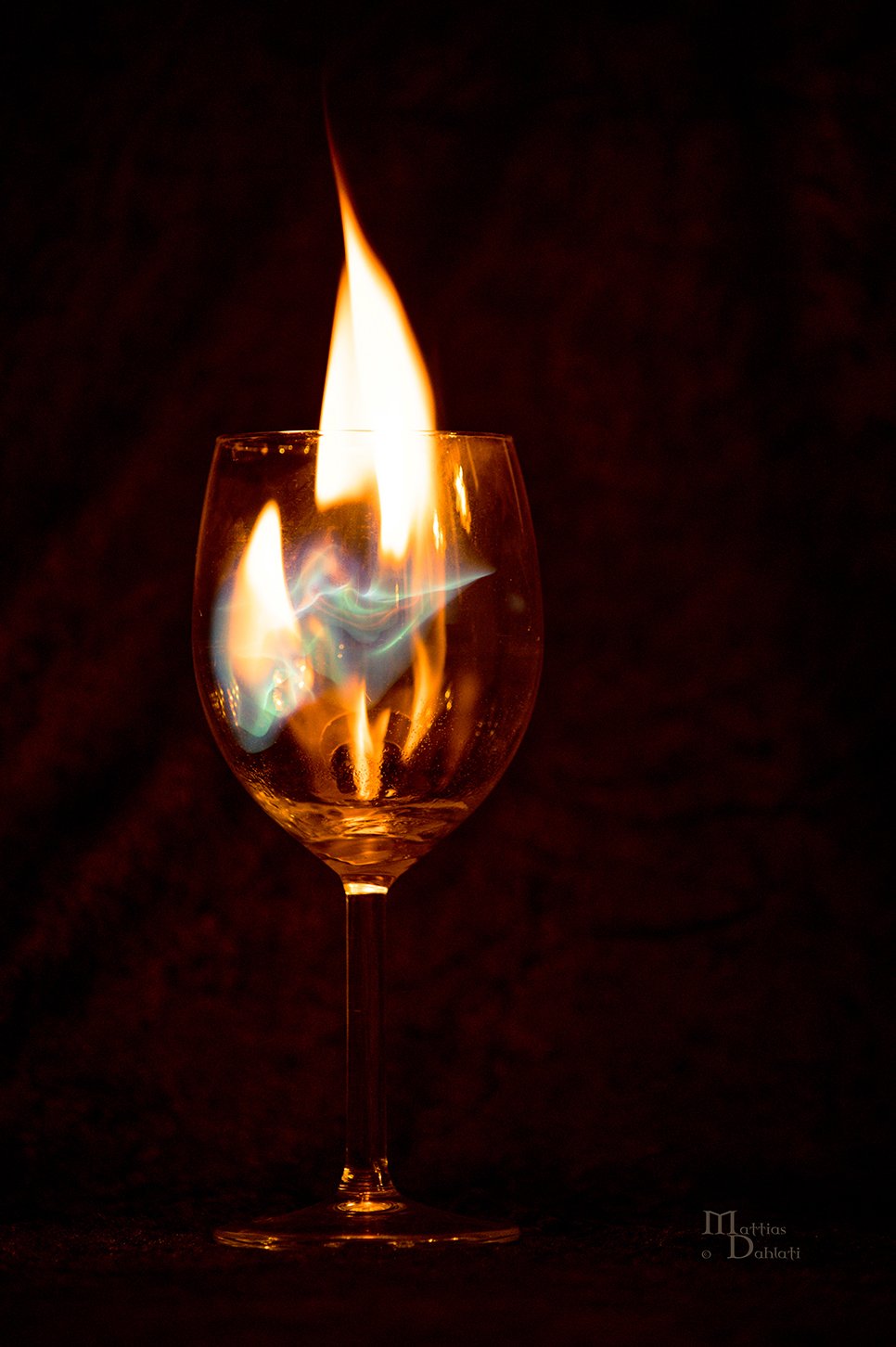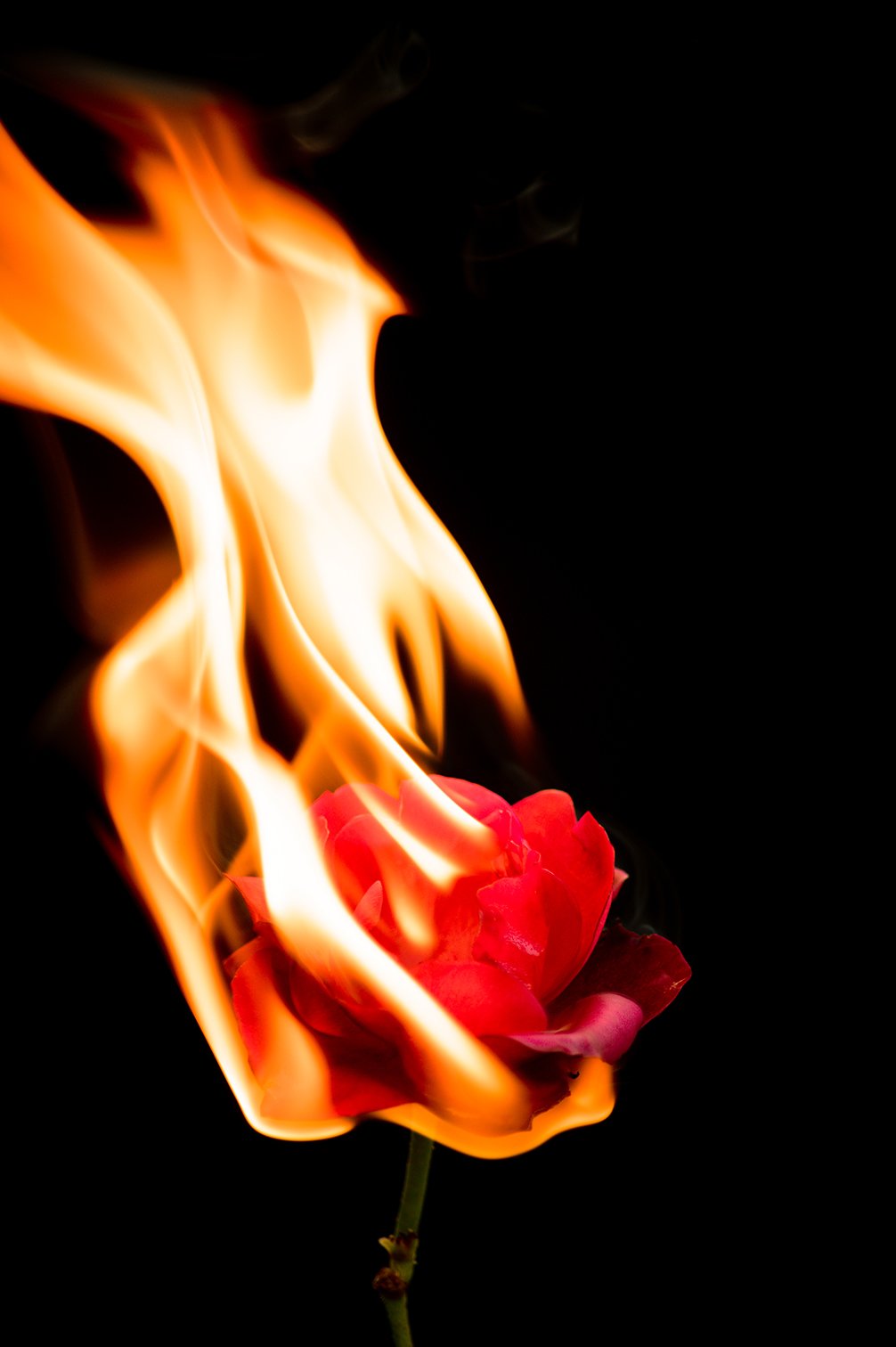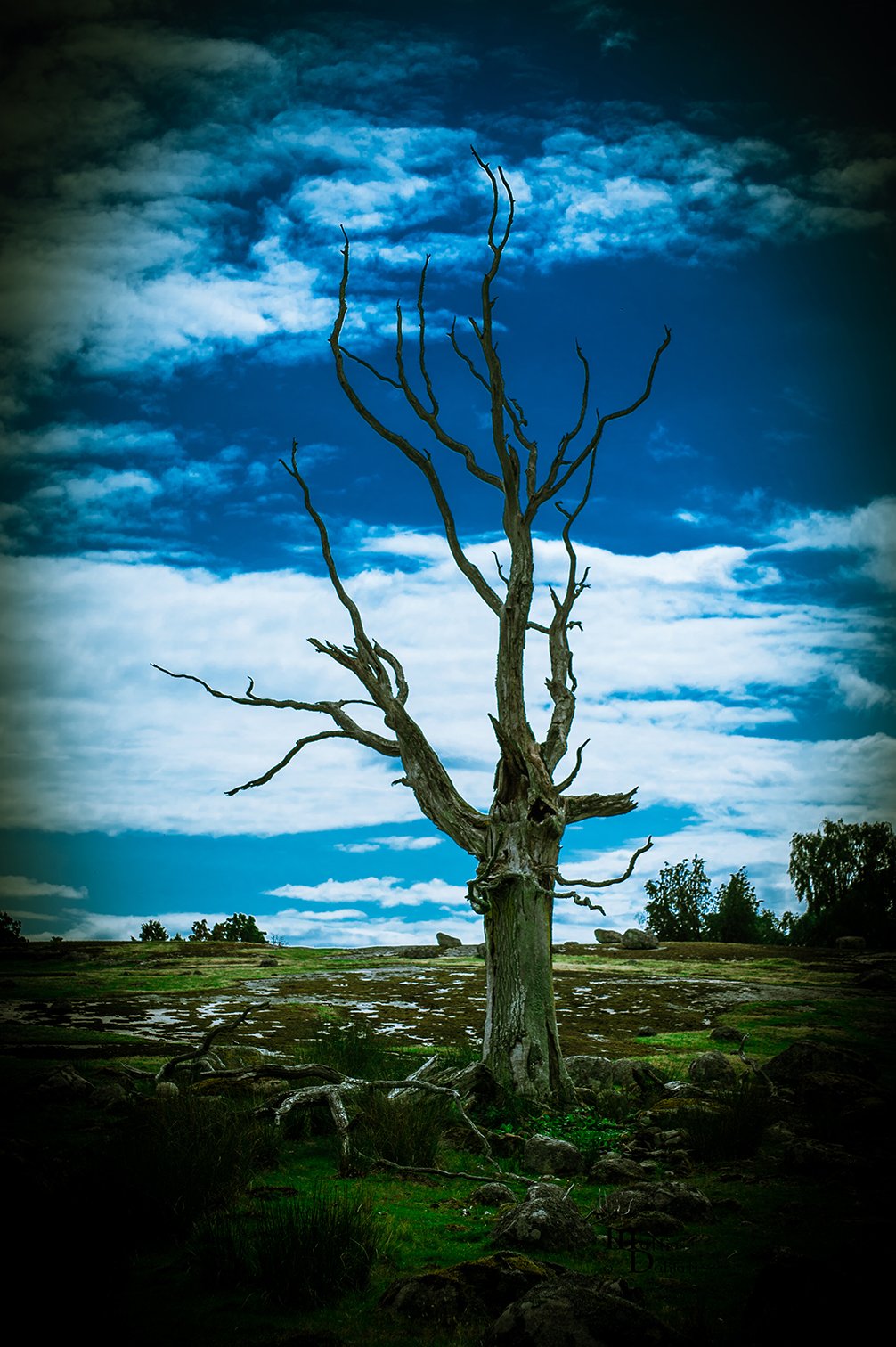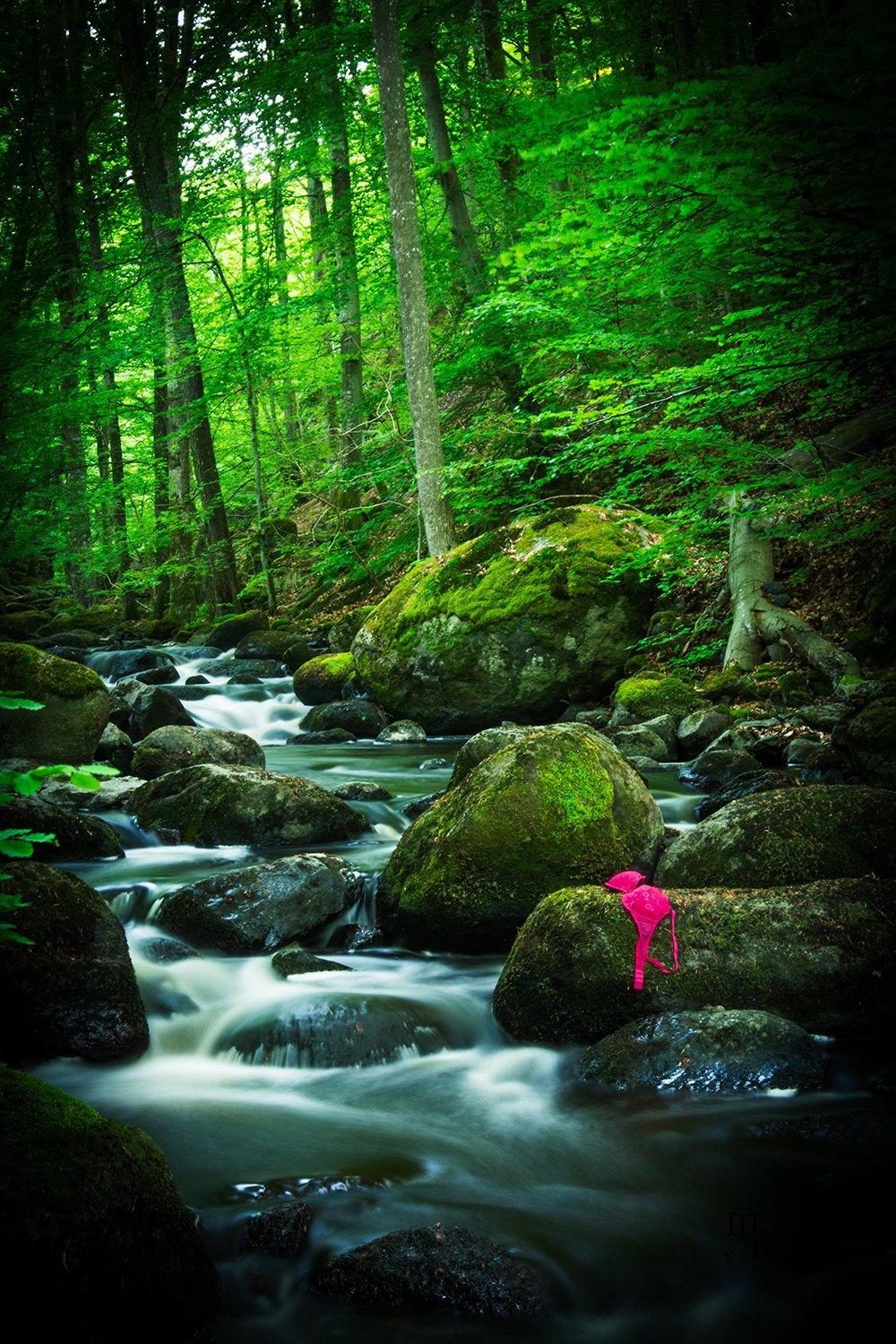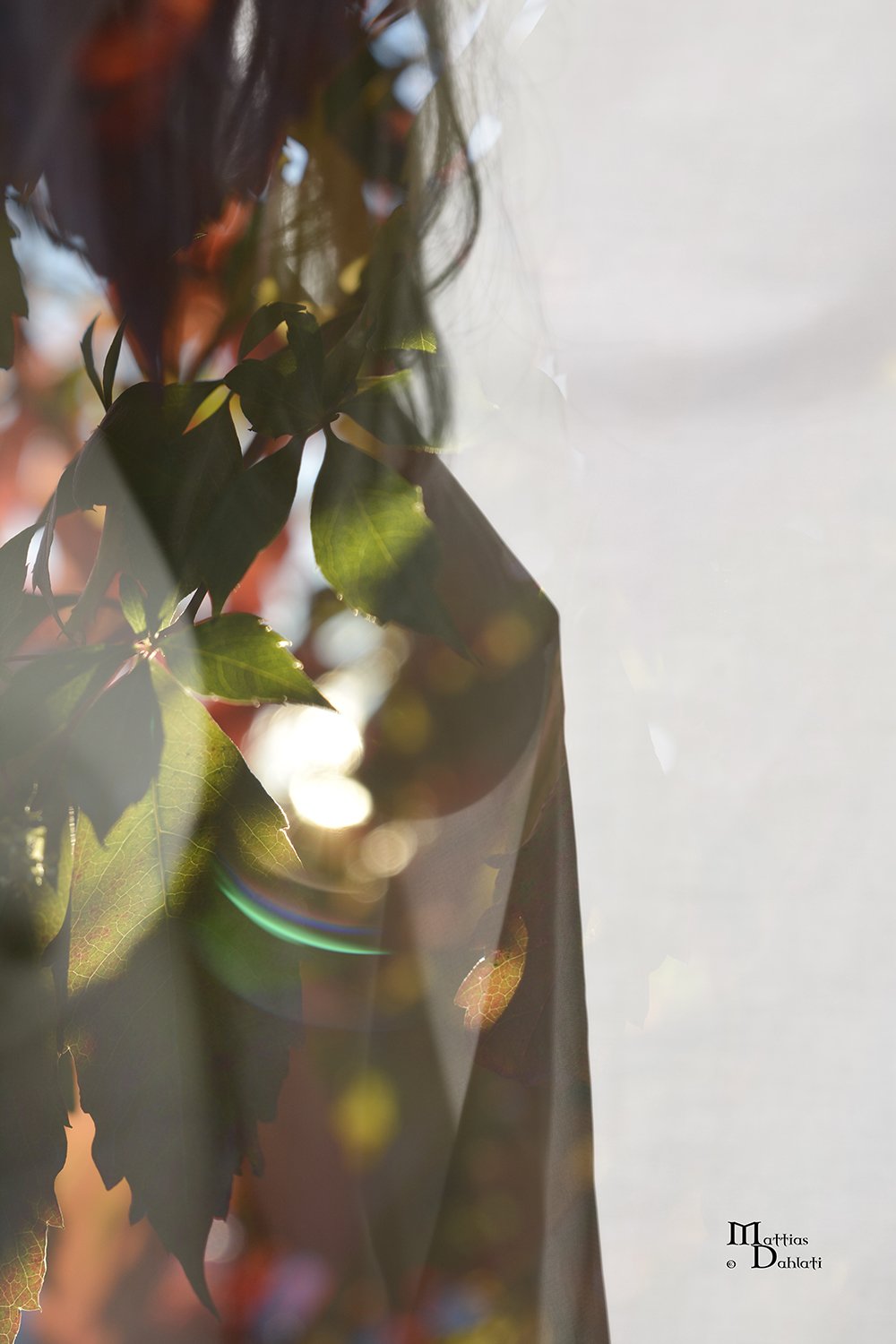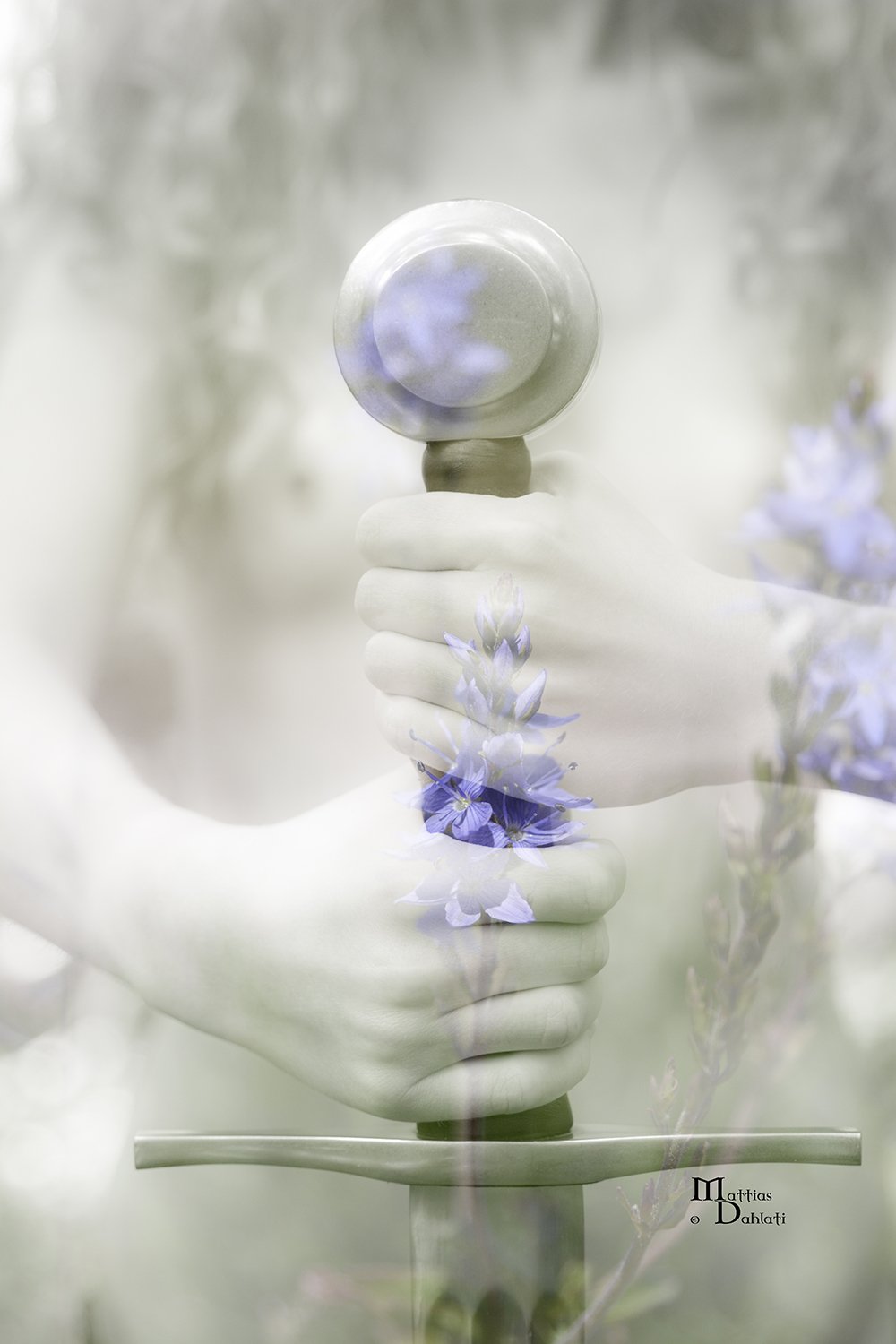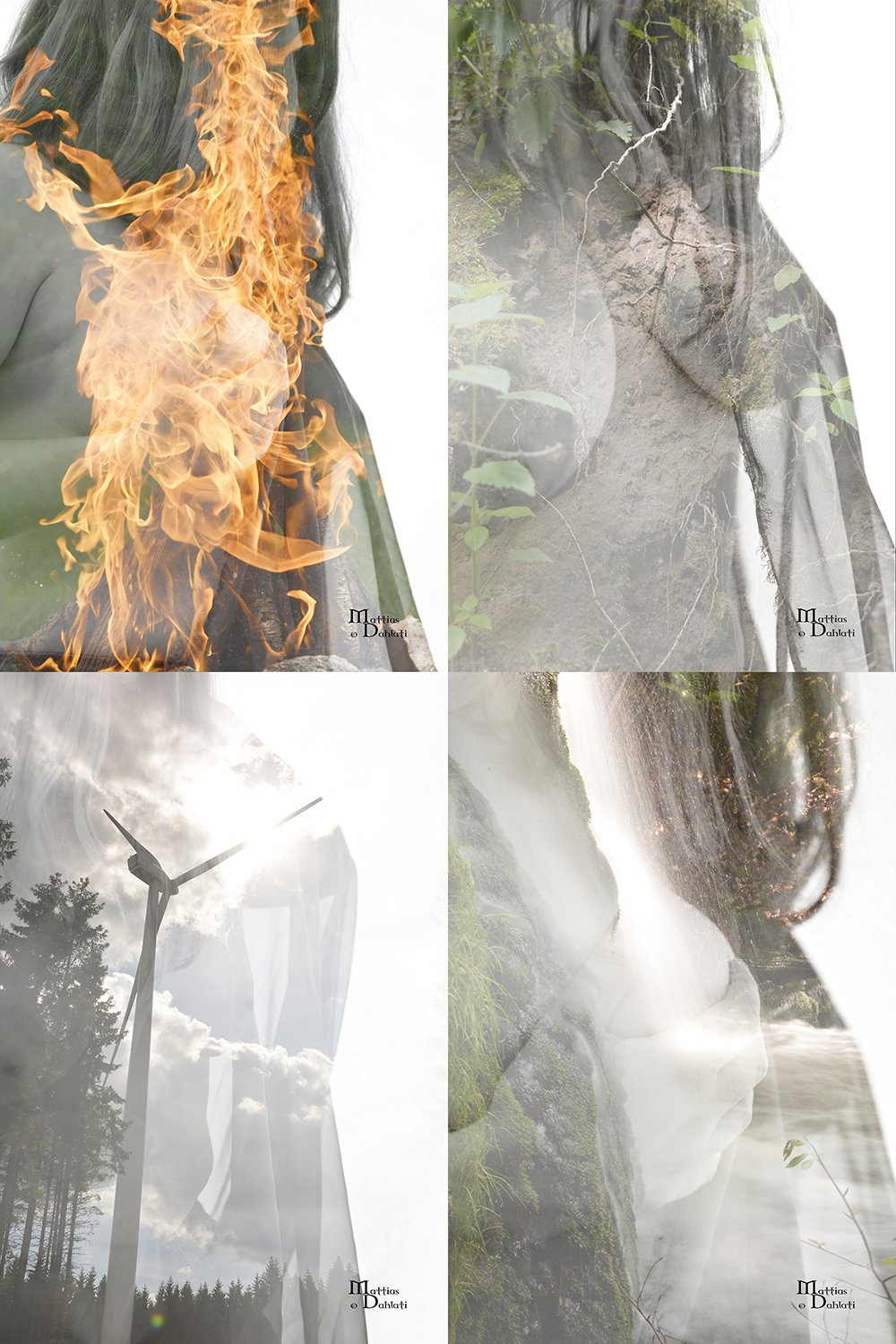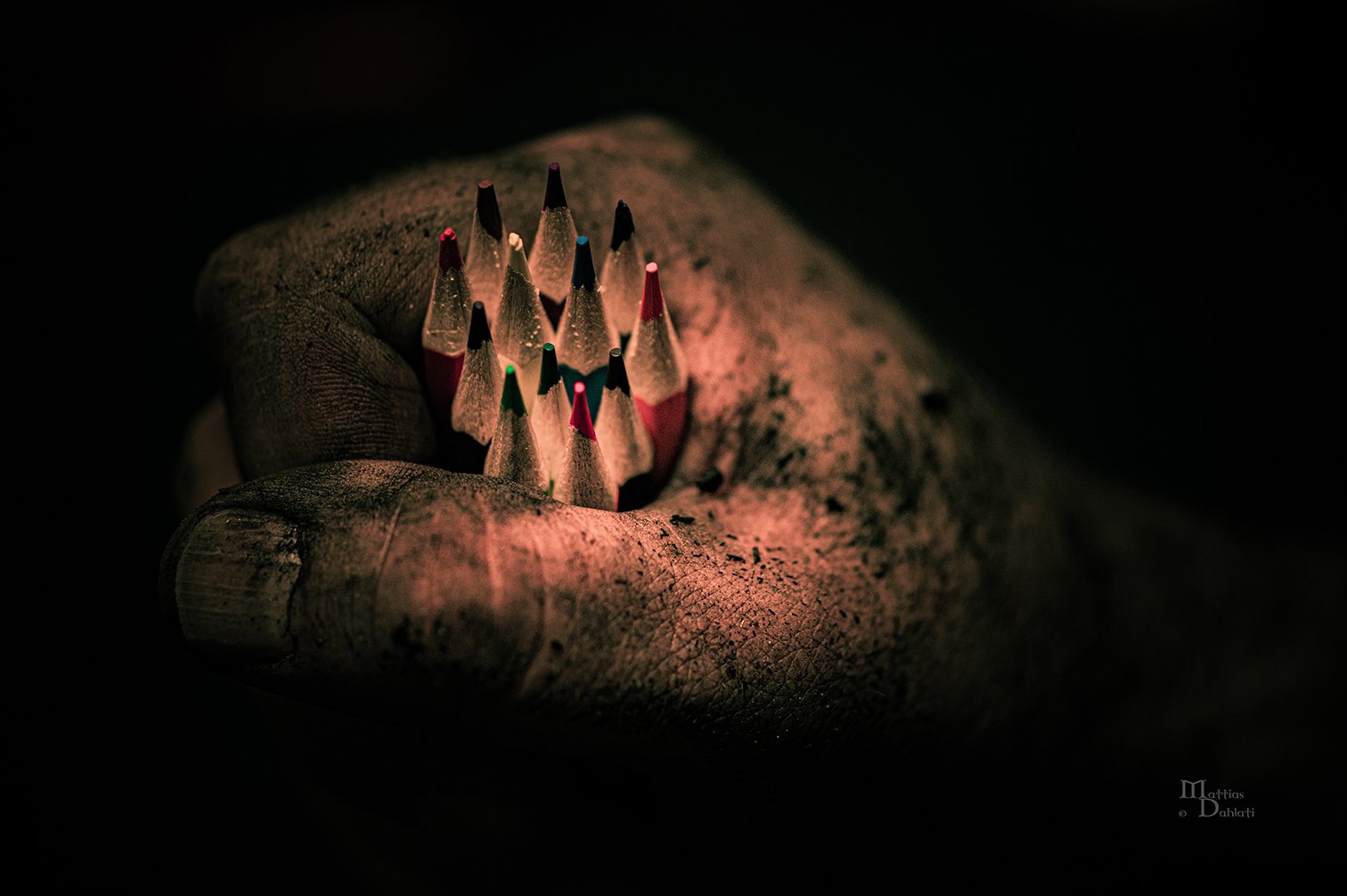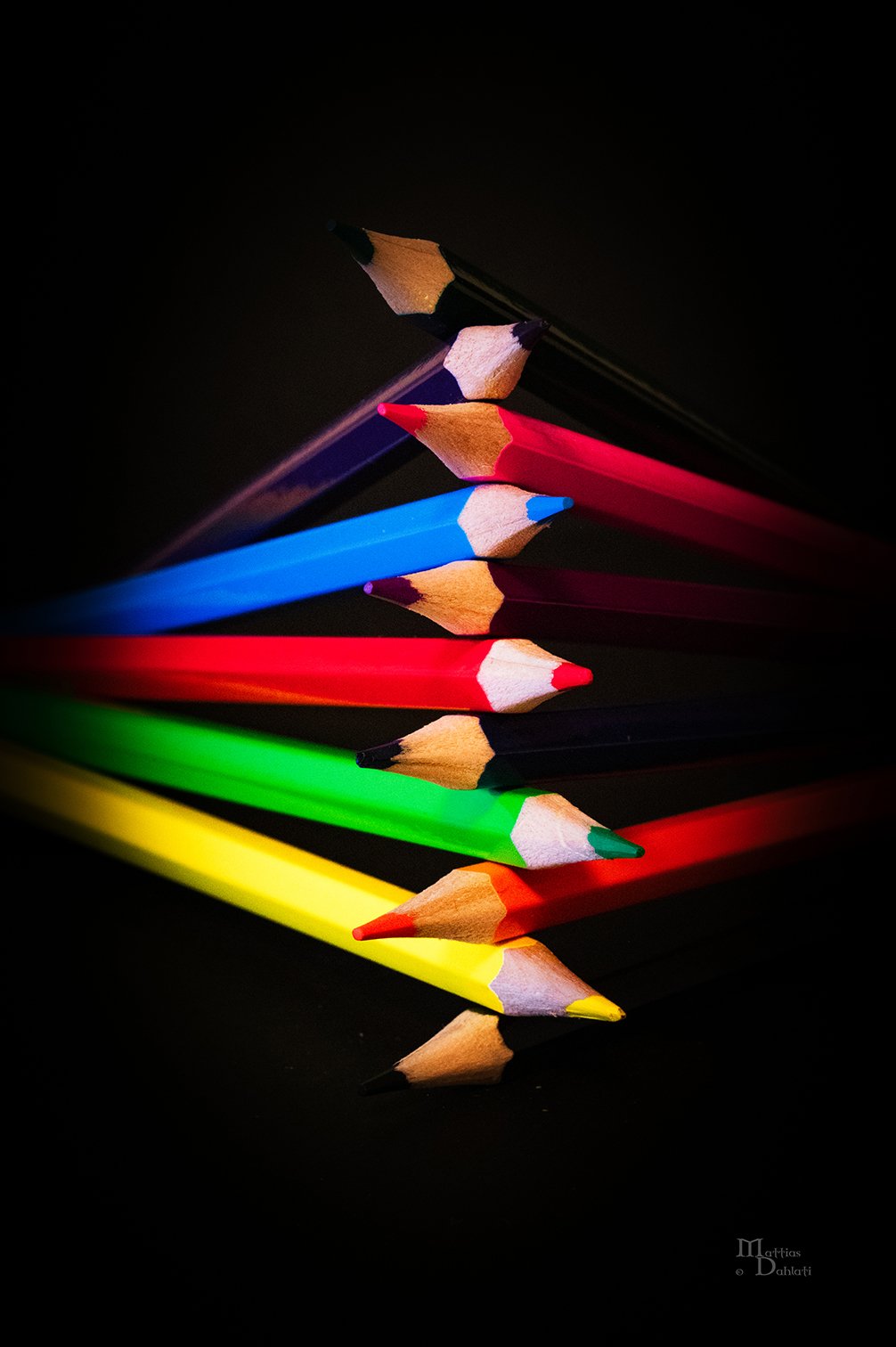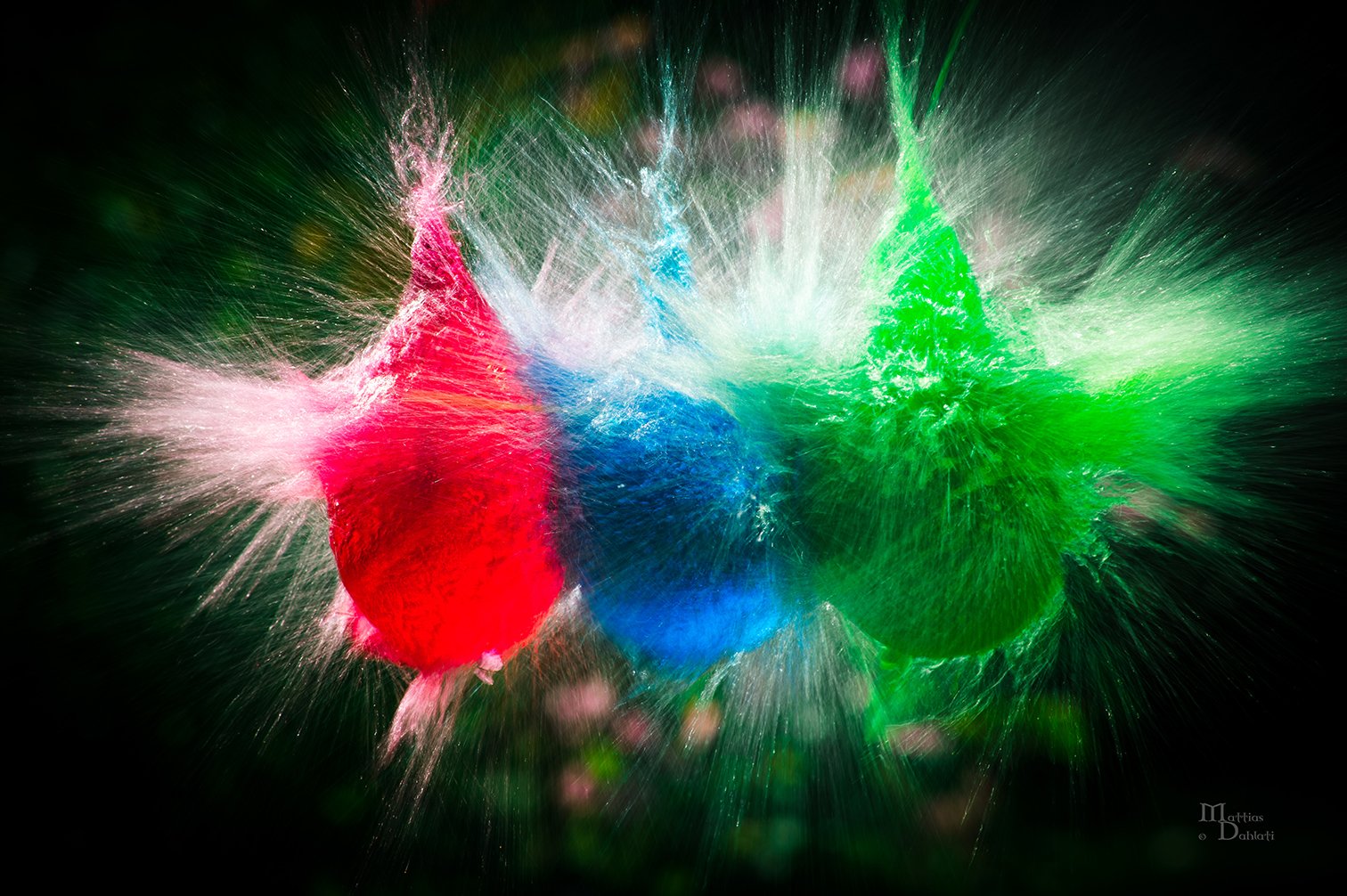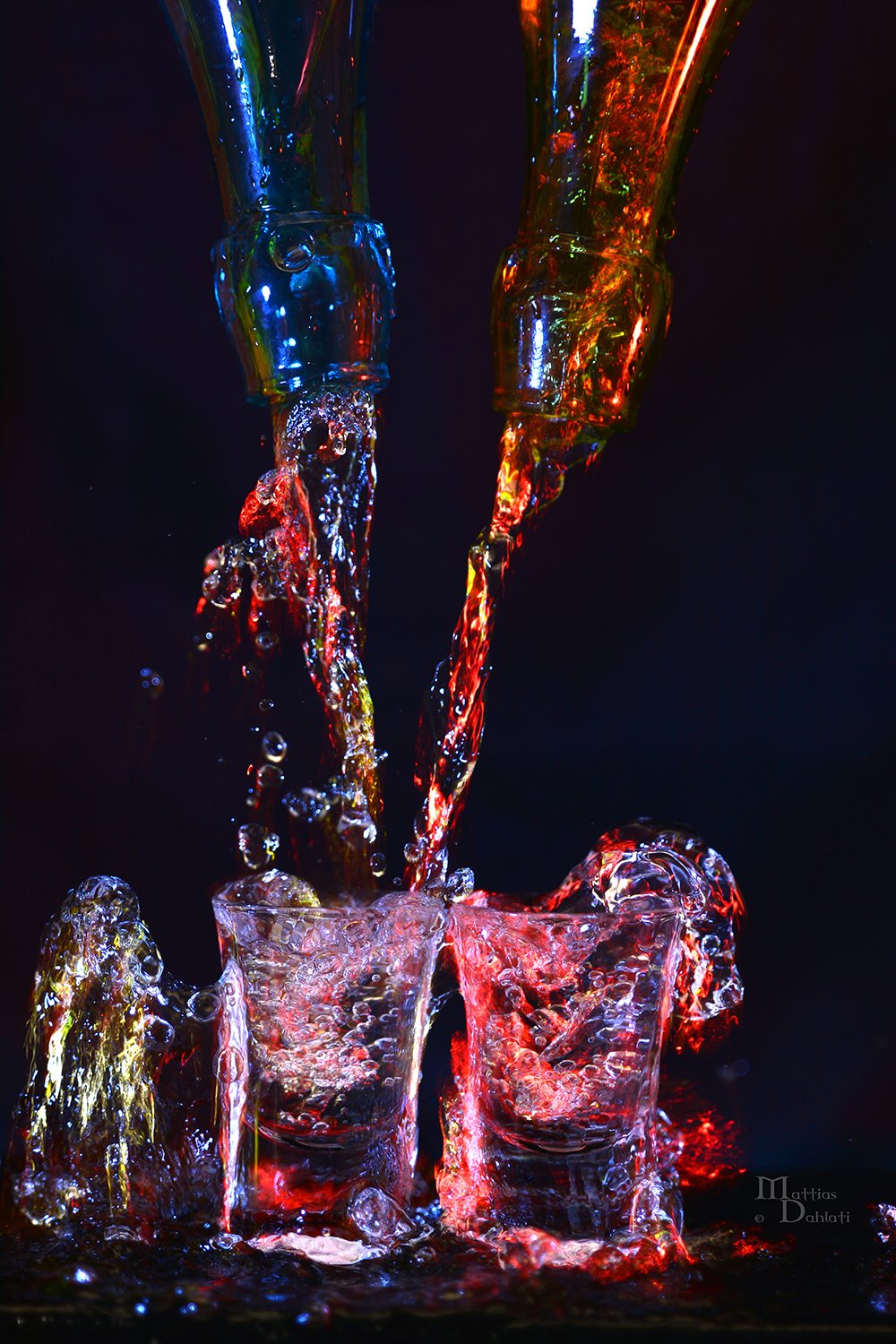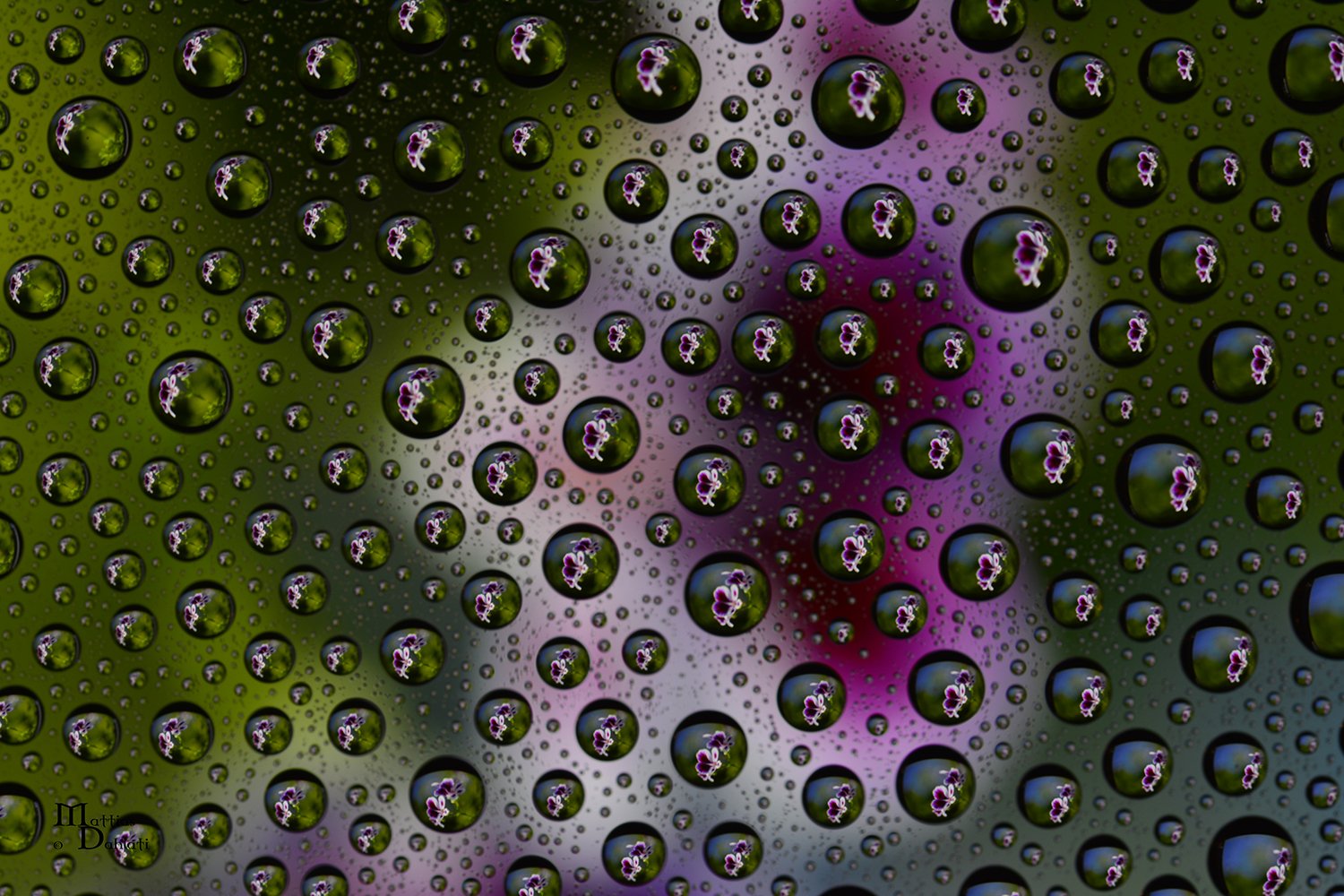Interview
Mattias Dahlati
Mattias lives in southern Sweden. He received his first camera in 1988, before going on a trip to Tanzania and Kenya, which included climbing Mt. Kilimanjaro. That is where his interest in photography really began. Since then, the objects have varied. His interest in nature has of course made him interested in taking photos outdoors.
Over time, Mattias realized that he could express an artistic feeling through his photos. So now he has landed in a Fine Art genre. Mattias often goes against the norms of the expected.
Mattias works with the different elements: water, light, earth and wind.
What is your background and how did you start your journey in the art world?
“I’ve taken photos for many years now, and when I look back I can see some attempts to create something more than just a picture of an object or a landscape. I can see that I wanted to say something more in some of the images. When I think of these moments, it makes a lot of sense now. The weird thing is that I did this without really thinking of it as art in that moment.
My real journey in the fine art genre started with an experiment. I wanted to make an image that described the text ‘finding colors in the grey’ — meaning that people should try to see the color in a grey life. I succeeded with creating this photo, and viewers commented on it with positive feedback. Then I realized that this was something I would like to proceed with. That happened 10 years ago. Now, I can’t live without it.”
What inspires you most?
“What inspired me at the start of making my fine art was seeing people comment and like my ideas and visions. I feel great satisfaction when an idea comes to life through the photo. I feel the same way when the models I use show an increased self-confidence after our sessions.”
“Social media created a will for me to show the beauty in a woman’s body, no matter the size.
I’ve seen close up how social media can twist the minds of women in all ages to make them lose self-confidence to the degree that they hate their bodies.”
What themes do you pursue? Is there an underlying message in your work?
“In many of my photos there is an underlying message - it is mostly about the struggles we face in life. Often my photos show a message in their singular form, but I also occasionally depict a message or theme with a series of 3 to 6 photos that tell a story. I love it when the viewer sees something that I didn’t think of.
Other times I take photos that are just beautiful or aesthetic images to hang on a wall. My work is very diverse, and there are often so many ways to show a particular feeling, for which I use my weird and imaginative mind to envision.”
How would you describe your work?
“My work is best described as a diverse trip into a world of statements and crazy ideas, as well as the appreciation of beauty.”
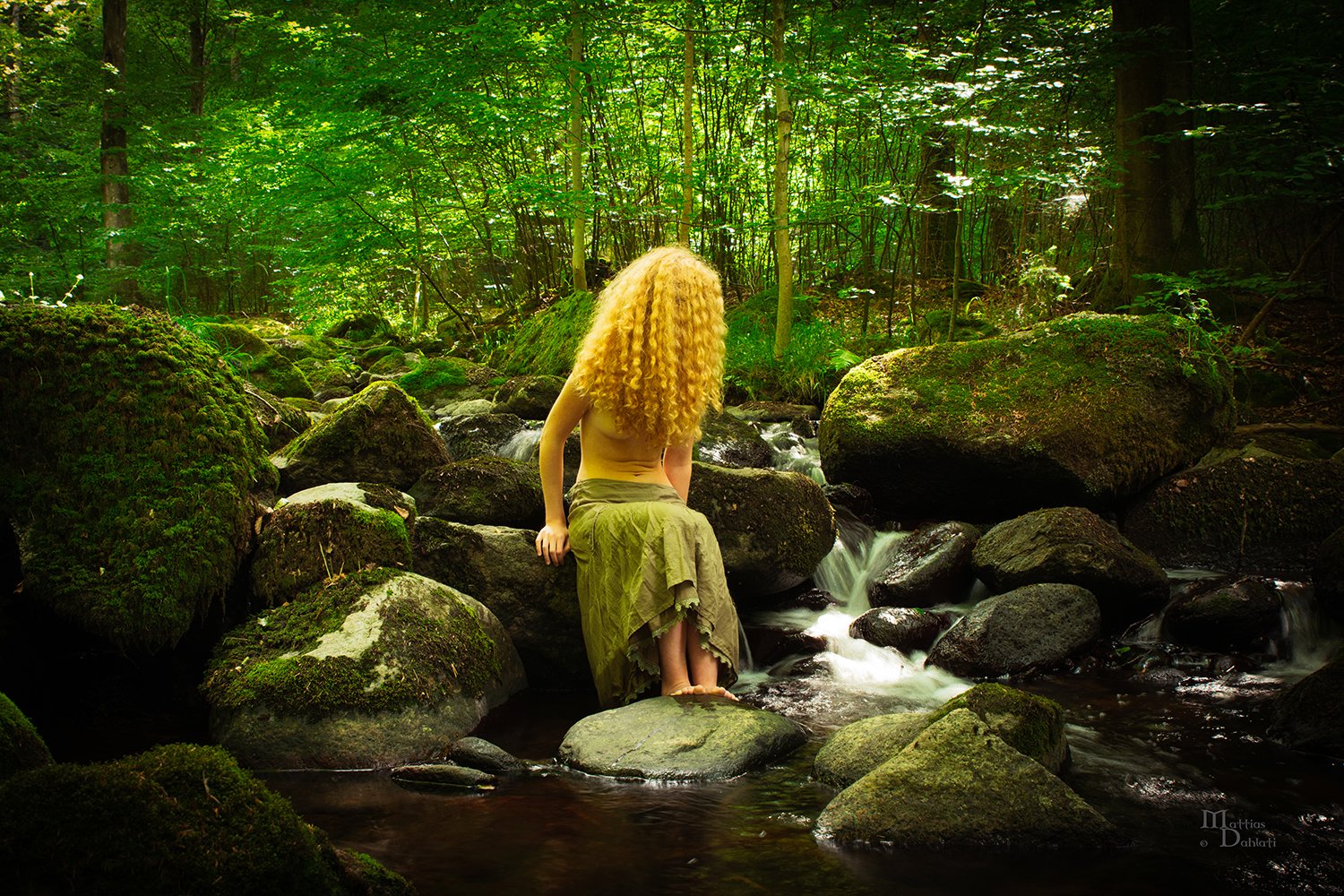
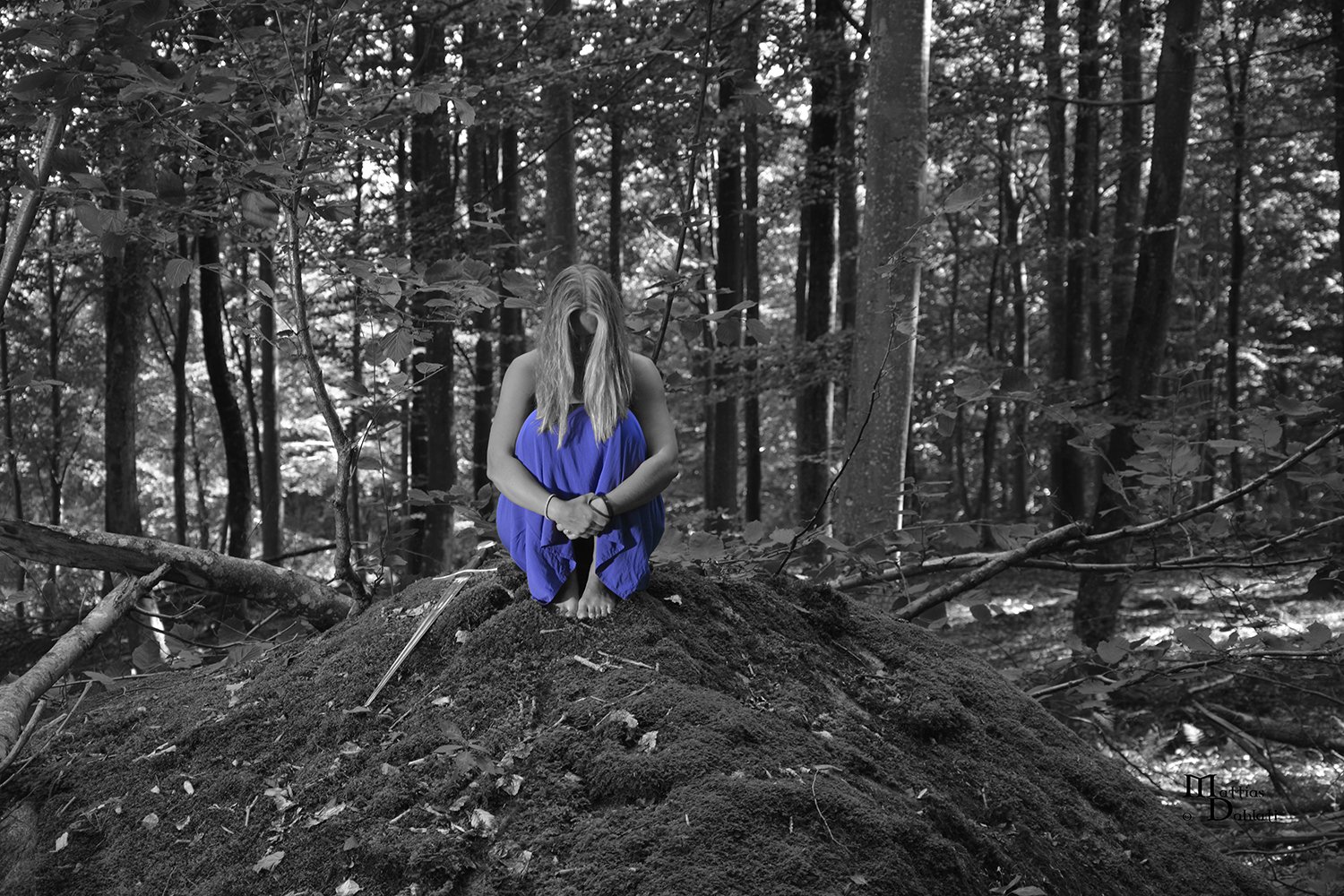
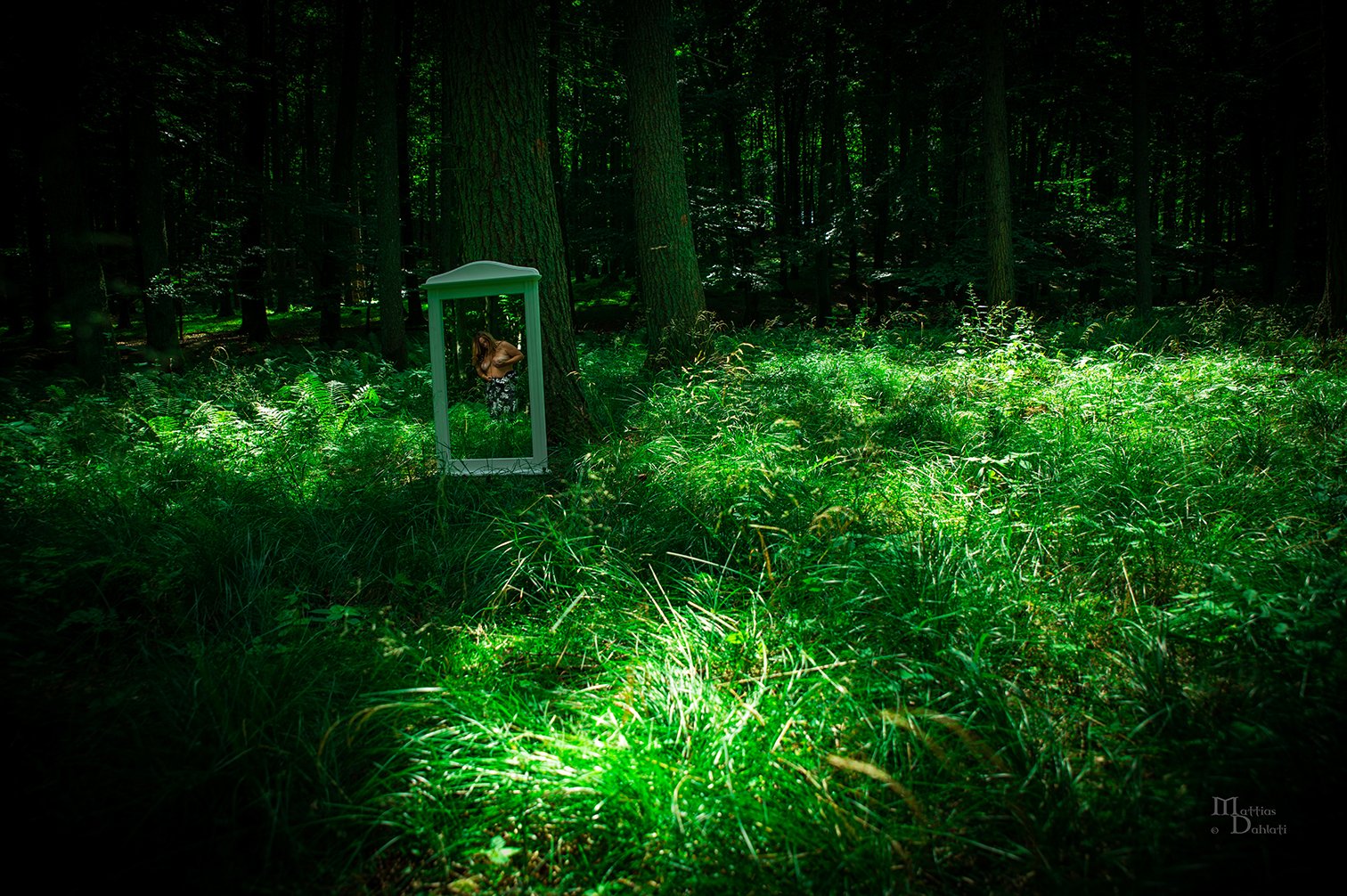
Which artists influence you most?
“I can’t mention a specific artist. It’s a mix of artists that I follow on social media.”
What is your creative process like?
“Ideas comes to me in so many ways. When this happens, I write them down or try to draw them in my idea book. Then I build the setup or buy props, so it may take a couple of weeks before I’m ready to take the photo. During this time, the idea often evolves. When everything is ready, the photo doesn’t take long; just 1 or 2 sessions. Then comes the work with editing the picture. This can take some hours or even days before I’m satisfied with the result. If there is a model in the image, there also must be an approval from them during the last step of the process.”
What is an artist’s role in society and how do you see that evolving?
“Our role as artists is very important in many ways. It’s a very good tool to make people come closer to each other, crossing over boundaries, borders, cultures and religions. With social media affecting so many people, it’s a good opportunity for artists to positively affect a big crowd.”
Have you had any noteworthy exhibitions you'd like to share?
“In southern Sweden, we have something called Konstrundan. It’s like a trip into the art world. A couple of days each year, artists open their studios and hang their art in any possible location. People drive from place to place to see all the art.
During the last 3 years, I’ve exhibited my work through Konstrundan. It’s fantastic to meet all the people passing by.”


